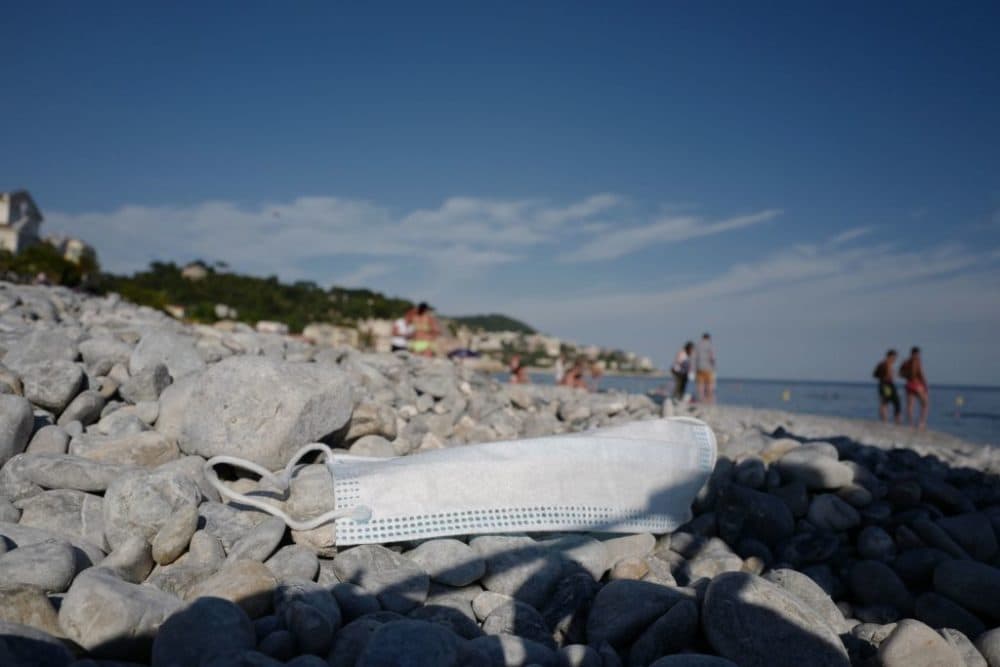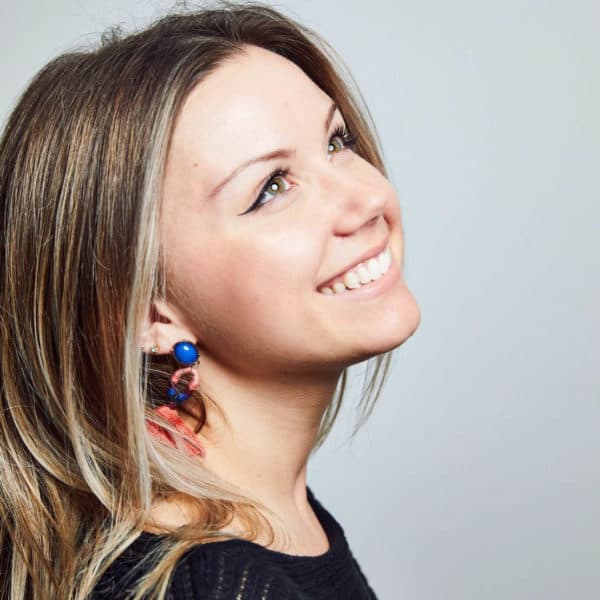Advertisement
Calculating Health Risks When Medical Experts And Politicians Clash On Coronavirus

As every state in the country eases economic and personal restrictions imposed during the coronavirus pandemic, more states are seeing increases than declines in cases.
At least 22 states are now seeing spikes that are determined not only by increased testing but by the percentage of positive tests and number of hospitalizations.
Yet in most cities, officials continue to ease restrictions, despite warnings from some physicians that it might be happening too quickly. In Texas, for example, hospitalizations are spiking, but restaurants increased capacity to 75% on Friday, and masks are not required in public places.
So how do people determine whether the numbers in their areas make a resumption of some activities safe — particularly when public health officials clash with those making economic decisions?
COVID-19 data from various states can be “murky,” says University of Massachusetts Dartmouth biology professor Erin Bromage. Rather than report on what is happening on the ground, certain states are twisting the coronavirus narrative, he says.
To accurately assess and determine risk where you live, he suggests looking at local hospitalization trends. Hospitalizations are harder to manipulate to fit a certain agenda, he says. But also keep in mind that hospitalizations are anywhere from two to three weeks behind what’s happening in the community, he says.
He also suggests researching how many tests are being run in your area and how many come back positive.
“If that number starts to rise and the trend starts coming up, then we really need to be taking measures to slow things down,” he says.
On a personal level, people should still be taking precautions in order to reduce spread and harm as much as possible, he says. For instance, he and his family, all donning masks, recently got haircuts outside their hairdresser’s home.
“There was a risk involved, but we understood the risk and we reduced the harm as much as possible by the way in which we conducted the haircuts,” he says.
Advertisement
This doesn’t mean barbershops or salons aren’t mitigating risks inside their businesses, he says. Many are taking steps such as scheduling fewer people, keeping appointments short and keeping doors wide open. But with any close contact, no matter what the precautions, there is risk involved, he says.
If you’re itching to hug a relative next time you see them, Bromage suggests thinking about what the risks are for individual people and actions.
“When you hug and hug properly, your faces are facing different directions. You know, you don't want to turn and give them a kiss on the cheek and therefore blow air towards their face,” he says. “But you can do it in a way that is safe as long as the people involved don't have high risk for severe disease.”
Although the Centers for Disease Control and Prevention has not addressed intimate relationships, the New York Public Health Department provided some tips for safe sex during the pandemic. They say go ahead with a sexual relationship but wear a mask, have only one partner and avoid face-to-face contact.
A certain intimacy might be missing from wearing masks, Bromage says. But he does say the advice about having a single, consenting partner is important in order to limit potential coronavirus spread between each other’s households.
Families or groups of people living together are starting to expand their bubbles to include other families who have been social distancing. Bromage says if everyone accepts the risks and that local community transmissions are low, then getting together safely is an option.
“I think that finding those social pods, be it for daycare, be it for socializing,” he says, “is really important for quarantine adherence so that we can actually do this long term.”
Karyn Miller-Medzon produced this interview for broadcast. Serena McMahon adapted it for the web.
This segment aired on June 15, 2020.

